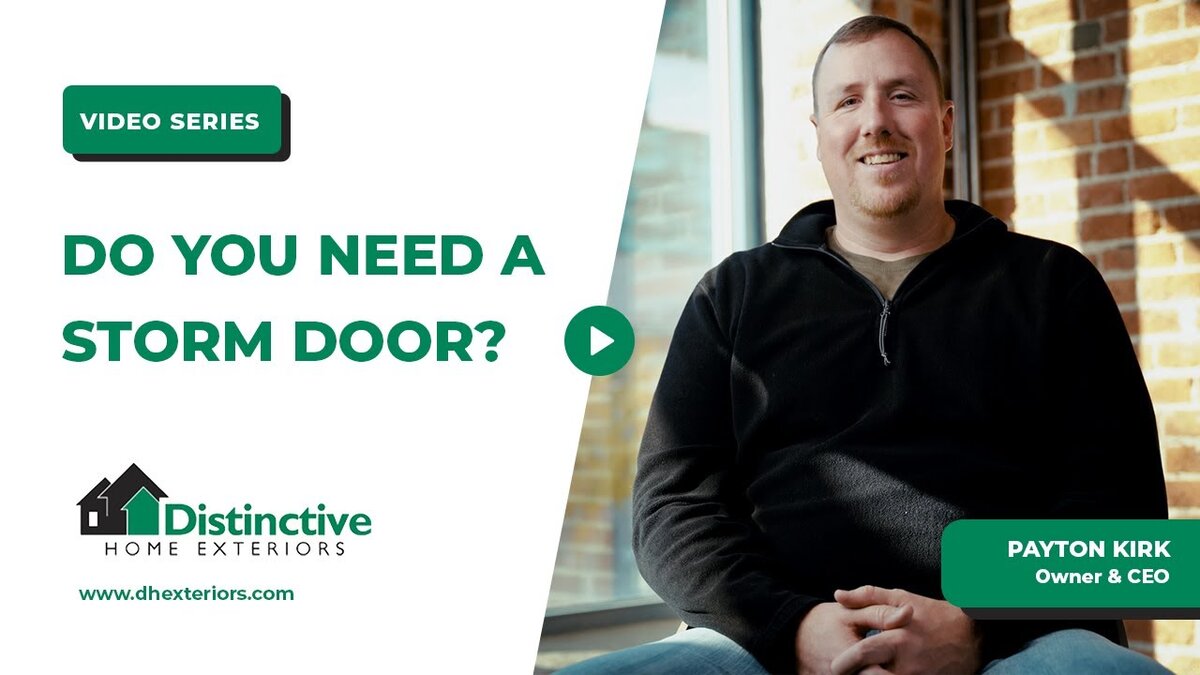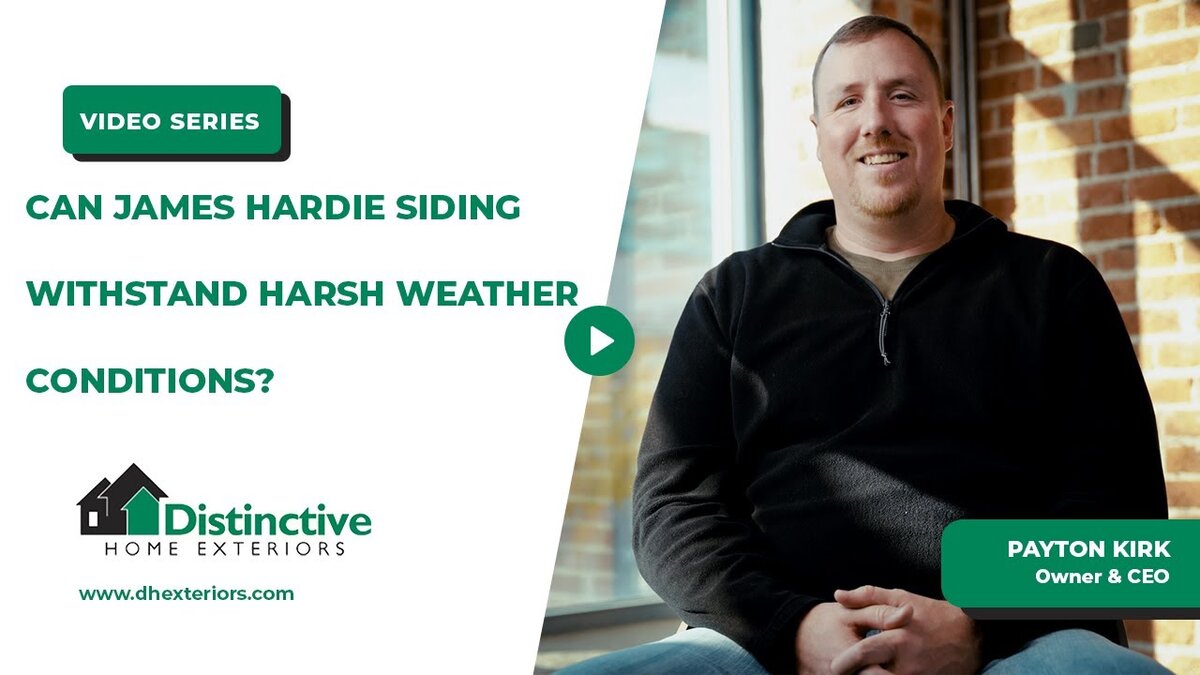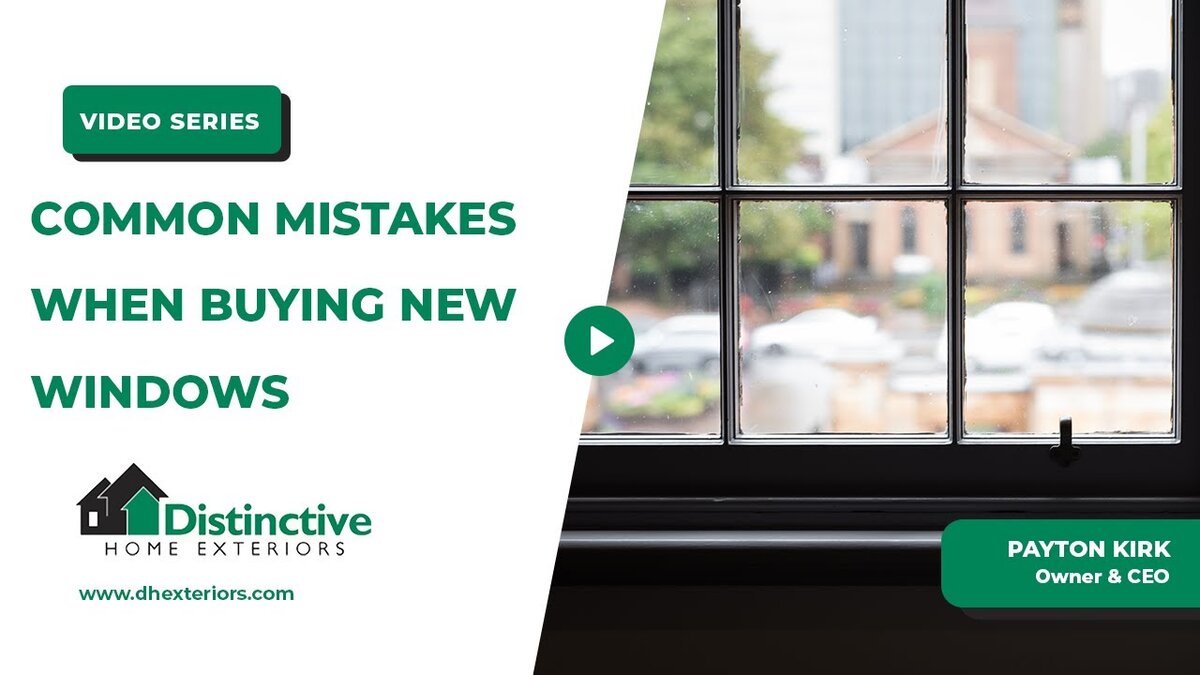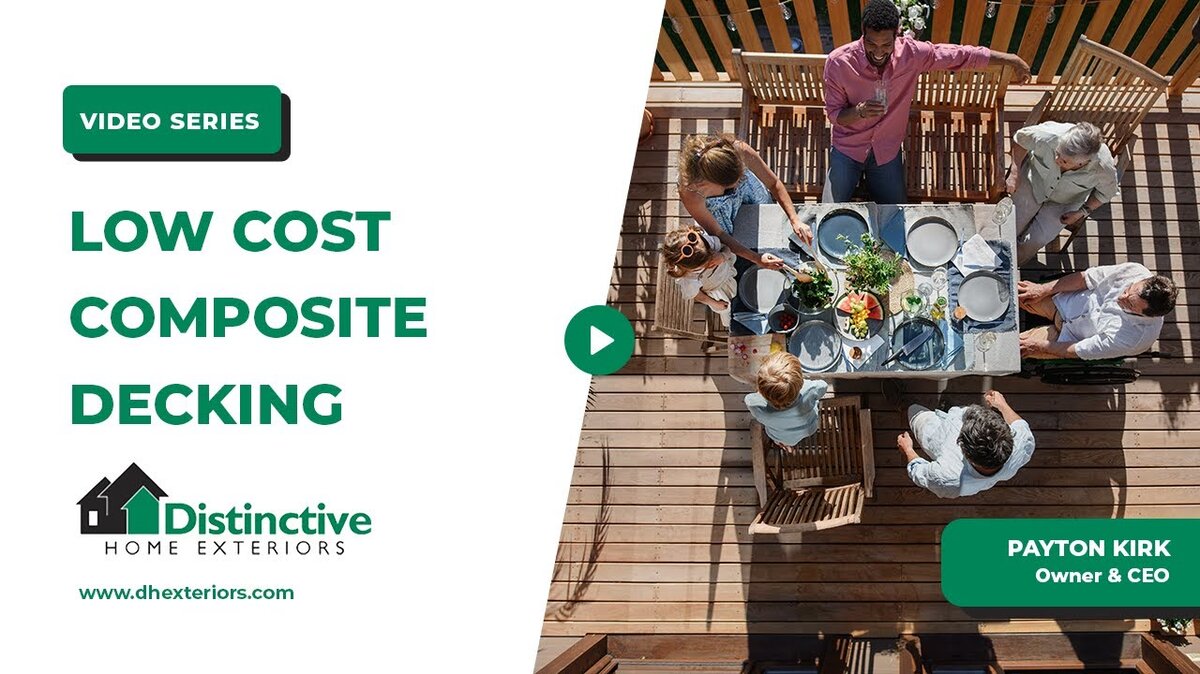When it comes to home improvement projects, one of the key considerations is the ROI, or return on investment. The ROI is a measure of how much value you can expect to gain from a particular investment, and it’s a concept that’s well-known in the world of homeownership. Siding replacement is no exception, and it’s essential to understand how the ROI of siding replacement can vary based on several factors.
Factors that Affect ROI
The ROI of a siding project is not a one-size-fits-all scenario. It can vary significantly depending on various factors such as the value of your home, the location of your property, and even how well your neighbors have maintained their homes. Let’s break down these factors and explore how they impact your siding replacement ROI.
How Types of Siding Affects ROI
When it comes to siding, there are different materials to consider, and each type can have a different effect on your ROI. Generally, there are three categories of siding: wood-based, fiber cement, and vinyl/metal. Let’s take a closer look at each.
Vinyl Siding
Vinyl siding is often the most affordable option, but it may not yield the highest ROI in the long run. While vinyl can last for 25-30 years, it tends to deteriorate over time due to exposure to the elements, such as sunlight, weather, and even pests. As it ages, vinyl becomes more brittle, and after a decade or so, you might find yourself needing to replace it. Therefore, the ROI for vinyl siding might not be as impressive compared to other options.
Wood-Based Siding
Wood-based siding has been a popular choice for Kansas City homes for the past few decades. Although advancements in research and development have made it more durable than before, it still has some vulnerabilities. Proper installation is crucial, but even then, wood siding can absorb moisture from the roof or ground, leading to expansion and contraction. These factors can affect its longevity and, in turn, its ROI.
Fiber Cement Siding
Among the various siding options, fiber cement tends to offer the highest ROI. Products like James Hardie siding are highly regarded for their durability and curb appeal. In fact, James Hardie siding is often mentioned on real estate listings, which speaks volumes about its popularity and the value it adds to a home. If you’re looking for the best bang for your buck when it comes to ROI, fiber cement siding is a strong contender.
Conclusion
The ROI of siding replacement can be influenced by several factors, including the type of siding you choose. While vinyl siding may be the most budget-friendly option initially, it may not provide the best long-term ROI due to its durability limitations. Wood-based siding, while common, can still have issues with moisture and expansion, affecting its overall ROI. On the other hand, fiber cement siding, particularly products like James Hardie, often delivers the highest ROI and can significantly boost your home’s appeal on the real estate market.
If you’re considering a siding replacement project for your home, it’s essential to weigh these factors carefully and make an informed decision. Ultimately, investing in the right siding material can not only enhance your home’s aesthetics but also provide a solid return on investment when it’s time to sell.
For more information on siding options and how they can impact your home’s ROI, please don’t hesitate to contact us. We’re here to help you make the best choice for your home improvement needs.





